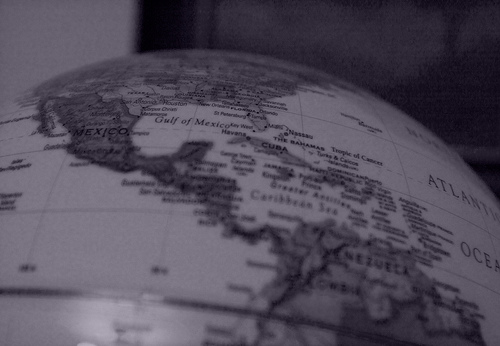Published on
Reacting to Change

How much flexibility exists within higher education institutions to react to change and alter organizational models?
Ask this question to anyone who is involved in or working on the higher education scene in any part of the world and be ready to face a counter question, “What kind of change do you mean?”
Prepare yourself in advance to answer this counter-question and your answer should be precise. The change is globalization—globalization that is affecting every cultural, political, economical, social relation. Even day-to-day life is also under influence of this myth globalization.
So how is globalization affecting the higher education institutions and how much flexibility do our institutions have to react to this myth called globalization? Well, in this day and age higher education is witnessing a process of deep institutional change that involves the deinstitutionalization of its rooted policy and frameworks and the parallel institutionalization of new policies and frameworks. These processes are blended with less resistance, conflicts, tensions and also the attempts to adapt, imbibe and assemble the new policies with the old ones.
As far as the existence of flexibility is concerned, I would like to mention that institutes can be placed into two categories; namely not-so-famous institutes and famous institutes. Since less-famous institutes want every-increasing admissions every year to establish themselves and grow economically. These institutes would never mind in accepting this myth called globalization, no matter the extent to which they have altered their organizational goals and policies. Famous (old and established) institutes, however, would be less flexible because they are well-established and students crave to get admission in these world famous institutes. So categorically the institutes react as per their flexibility to alter this parallel institutionalization of rooted and new policies and frameworks that means the organizational models.
Globalization has affected higher education in every aspect like policy-making, governance, academic work and as identity as well. As Torres and Morrow (2000) said, “perhaps no place has been more subject to these processes of internationalization and globalization than university”. Higher education institutions’ environments have changed dramatically in last twenty years. So how can our higher education institutes overcome this myth called globalization?
To overcome this myth these institutes should follow a holistic approach that comprises of strategies, curricular structures that decide up to what extent we should be affected by the welfare of the organization. If it strongly demands for a change in organizational structure then some concrete steps must be taken toward this approach.
Reduction of state involvement, giving autonomy to higher education institutes in terms of organization, academic, curriculum and finance are measures which could be decisive in terms of the extent to which our institutions should be affected by globalization.
Author Perspective: Business



